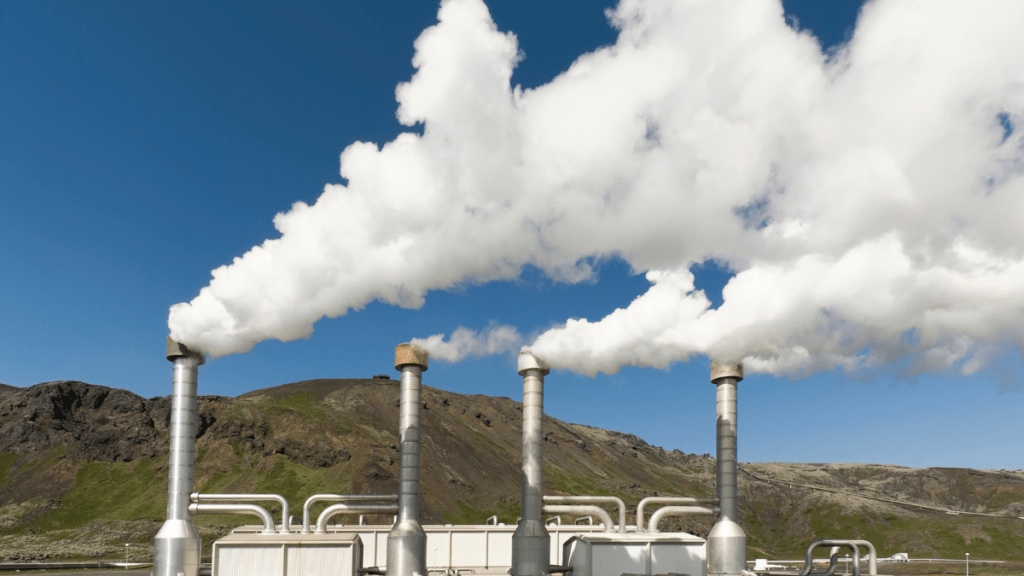The government is exploring international technology collaborations for the development of geothermal energy projects in the country with several foreign players — including those from the US, Norway, and Iceland — already initiating pilot studies, according to Santosh Sarangi, secretary, ministry of new and renewable energy.
The move comes as the government intends to develop geothermal energy projects in the country and has come out with a national policy on geothermal energy.
“A lot of Norwegian, Icelandic,and US research companies have shown a lot of interest in the Gulf of Cambay, Arunachal Pradesh, and Uttarakhand. They have even sent their teams to do some pilot studies (on geothermal energy). So there is a lot of interest,” Sarangi said.
Policy support and funding options
Furthermore, the government may also explore viability gap funding or tax and import related facilitation for development of geothermal energy projects in the country. Other financing mechanisms for the policy implementation include long term concessional loans and foreign direct investments.
The policy also promotes international collaborations and joint ventures with state governments, oil & gas companies, and research institutions.
The government has identified 381 geothermal springs across key regions of the Himalayas, Naga-Lusai, Andaman & Nicobar, SONATA (Son-Narmada-Tapi), the West cost, Cambay basin, Aravalli, Mahanadi basin, Godavari basin, and south Indian Cratonic. The government estimates a 10 GW geothermal energy potential in the country.
Pilot projects and long-term vision
The government said that such projects shall be taken up on detailed geothermal resource assessment and pilot projects shall be taken up on power production, and direct-use applications.
MNRE is presently working on five pilot projects including a 450 KWH of integrated commercial geothermal energy by retrofitting abandoned oil and gas wells in Raageshwari gas field in Barmer, Rajasthan. The three wells worth Rs 54 crore in a well pad will be provided from Cairn Oil & Gas of Vedanta, the secretary said.
The government may also set up a Centre of Excellence in geothermal energy for technical support, capacity, building, and implementation of geothermal projects.
Under the new policy, state governments may allocate possible geothermal sites or blocks for exploration for three to five years with a provision for an extension of two years.
Additionally, the sites or blocks may be allocated for further development for power generation for 30 years, with a provision for further extension depending upon the resource availability, the government said.
The government is implementing a “Renewable Energy Research and Technology Development Programme (RE-RTD)” through various research institutions and industry to develop indigenous technologies and manufacturing for widespread applications of new and renewable energy in an efficient and cost-effective manner, including harnessing the geothermal energy.
Geothermal energy can provide round-the-clock electricity generation, heat production and storage. As the energy source is continuous, geothermal power plants can operate at their maximum capacity throughout the day and year.
On average, global geothermal capacity had a utilisation rate over 75% in 2023, compared with less than 30% for wind power and less than 15% for solar PV, according to the International Energy Agency (IEA).
